#NASA Mars
Explore tagged Tumblr posts
Text
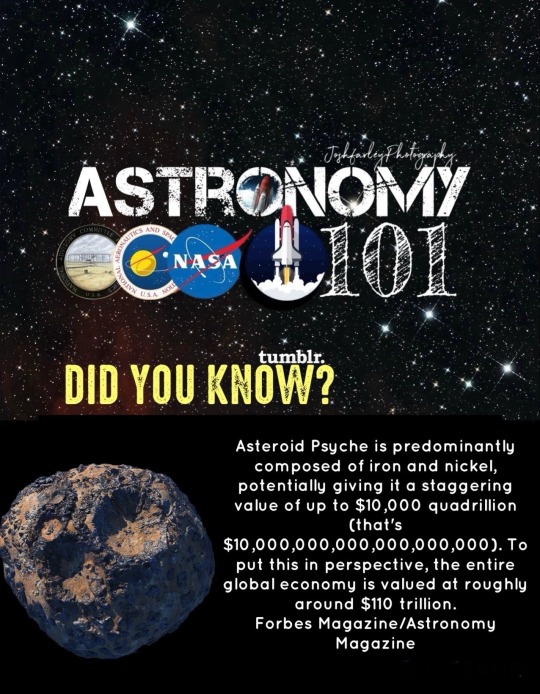
#astronomy#nasa#astronomers#universe#astrophotography#nasa photos#astrophysics#outer space#nasawebb#hubble space telescope#did you know?#did you know#asteroidbelt#asteroid observations#astronaut#astronauts#asteroid city#asteroid#asteroids#forbes magazine#astro community#international space station#space science#space program#nasa mars#deep sky#sky photography#cosmos#goddard space flight center#galaxy
21 notes
·
View notes
Text
After Three Years on Mars, NASA's Ingenuity Helicopter Mission Ends
"The end of an era. One of its main rotor blades is damaged, and the helicopter will not fly again. While the helicopter remains upright and in communication with ground controllers, imagery of its Jan. 18 flight sent to Earth this week indicates one or more of its rotor blades sustained damage during landing and it is no longer capable of flight." #ThanksIngenuity #ThanksIngenuity
2 notes
·
View notes
Photo
Now InSight’s gone too…

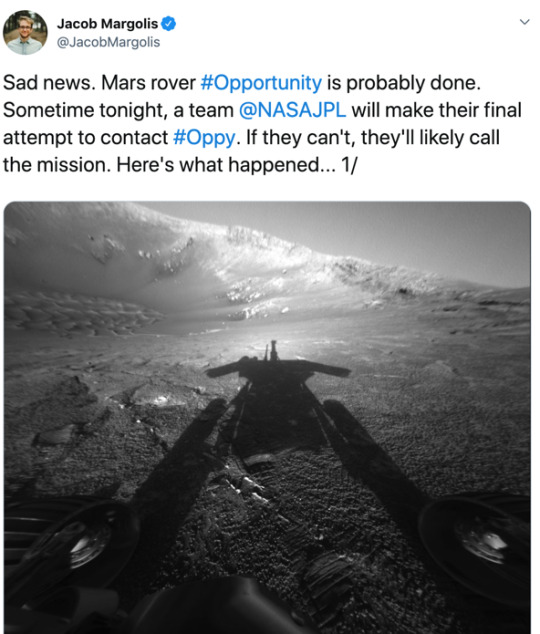

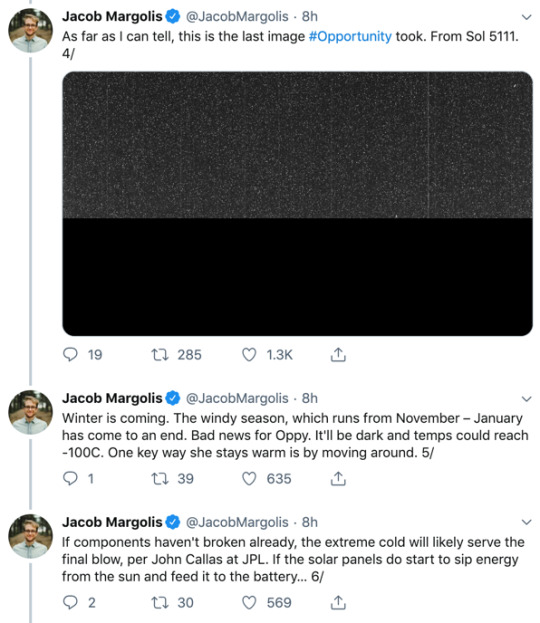

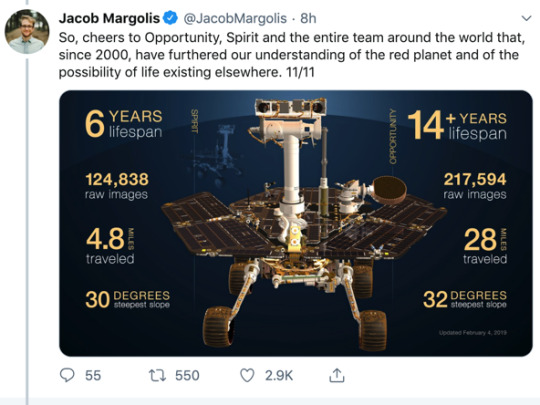
POUR ONE OUT FOR COMRADE OPPORTUNITY
and send a thank you postcard to the Opportunity team for all their hard work!
#yes i’m crying over the little guys we sent into the black#maybe when manned missions land on mars we can bring them back to life…#nasa#nasa mars#opportunity rover#insight lander#queue queue kachoo
162K notes
·
View notes
Text
Mars dust storms: understanding and mitigating their impact

Mars, our intriguing neighbor in the solar system, has fascinated scientists and dreamers alike for generations. One of the many challenges of exploring and potentially living on Mars is its frequent and intense dust storms. These storms can cover the entire planet, affecting visibility, equipment, and even solar power generation. Let's dive into what these storms are, why they matter, and how we can mitigate their impact.
What are Mars dust storms?
Mars dust storms are massive events where strong winds lift the planet’s fine dust particles into the atmosphere. These storms can be local, regional, or even global, sometimes enveloping Mars for weeks or months. Unlike Earth, Mars lacks vegetation and large bodies of water to keep dust in place, making the Martian surface particularly prone to these storms.
Why do they matter?
Visibility and navigation
During a dust storm, visibility on the Martian surface can drop to almost zero. This makes navigation for rovers and potential human explorers extremely difficult. Imagine trying to drive through a blizzard, but instead of snow, you’re surrounded by tiny dust particles that can obscure everything around you.
Equipment damage
Martian dust is not just a visibility issue; it can be abrasive and corrosive. The fine particles can infiltrate machinery, clogging moving parts and reducing the lifespan of equipment. For instance, NASA’s Spirit rover faced significant challenges due to dust accumulation, which eventually contributed to its end.
Power generation
Many Mars missions rely on solar panels for energy. Dust accumulation on these panels can drastically reduce their efficiency. During dust storms, the thick clouds of dust can block sunlight, cutting off power sources for critical systems. This was a significant challenge for the Opportunity rover, which lost contact with Earth during a planet-wide dust storm in 2018.
How can we mitigate their impact?
Advanced design
Designing equipment that can withstand the harsh conditions of Mars is crucial. This includes using materials that are resistant to abrasion and developing seals that prevent dust from entering sensitive components. Rovers and other machines may need self-cleaning mechanisms to keep dust off solar panels and cameras.
Energy solutions
Diversifying energy sources can help mitigate the impact of dust storms. While solar power is a popular choice, incorporating nuclear power or other alternative energy sources can provide a reliable backup during long periods of low sunlight.
Weather forecasting
Improving our ability to predict dust storms can help mission planners prepare and react appropriately. Just as we have weather satellites on Earth, similar technology on Mars could provide advanced warnings, allowing equipment to be powered down or repositioned to minimize damage.
Human adaptation
Future human explorers will need to be equipped with habitats and suits designed to handle the dust. This includes air filtration systems to keep living spaces dust-free and protective gear to prevent inhalation and skin contact.
Mars dust storms are a formidable challenge for exploration and potential colonization. By understanding their nature and developing innovative solutions to mitigate their impact, we can continue to explore the Red Planet safely and effectively. As we advance our technology and knowledge, the dream of living and working on Mars becomes ever more achievable.
Exploring Mars is not just about overcoming obstacles but also about embracing the spirit of discovery and innovation. With each step forward, we get closer to turning the vision of life on Mars into a reality.
#mars#mars dust storms#space exploration#mars missions#nasa mars#mars rover#mars colony#marsweather#planetaryscience#space technology#future of space#space innovation#aerospace engineering#human exploration#mars research
0 notes
Text
youtube
First Man: Neil Armstrong
#first man neil armstrong#first man movie#first man film#damien chazelle#la la land#whiplash movie#astronauts#astronaut#first man 2018#lunar module#nasa#nasa mission#nasa mars#nasa moon#apollo#apollo 11#apollo 13#apollo 14#apollo 10#apollo 18#saturn v#cosmonaut#space walk#space rocket#space launch system#rocket launch#mission moon#mission mars#space mission#Youtube
1 note
·
View note
Text
So Venus is my favorite planet in the solar system - everything about it is just so weird.
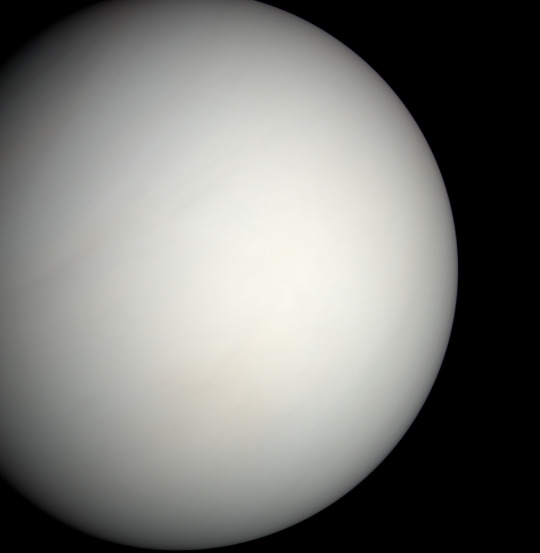
It has this extraordinarily dense atmosphere that by all accounts shouldn't exist - Venus is close enough to the sun (and therefore hot enough) that the atmosphere should have literally evaporated away, just like Mercury's. We think Earth manages to keep its atmosphere by virtue of our magnetic field, but Venus doesn't even have that going for it. While Venus is probably volcanically active, it definitely doesn't have an internal magnetic dynamo, so whatever form of volcanism it has going on is very different from ours. And, it spins backwards! For some reason!!
But, for as many mysteries as Venus has, the United States really hasn't spent much time investigating it. The Soviet Union, on the other hand, sent no less than 16 probes to Venus between 1961 and 1984 as part of the Venera program - most of them looked like this!
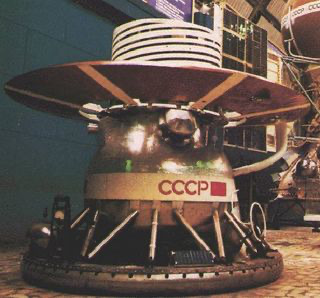
The Soviet Union had a very different approach to space than the United States. NASA missions are typically extremely risk averse, and the spacecraft we launch are generally very expensive one-offs that have only one chance to succeed or fail.
It's lead to some really amazing science, but to put it into perspective, the Mars Opportunity rover only had to survive on Mars for 90 days for the mission to be declared a complete success. That thing lasted 15 years. I love the Opportunity rover as much as any self-respecting NASA engineer, but how much extra time and money did we spend that we didn't technically "need" to for it to last 60x longer than required?
Anyway, all to say, the Soviet Union took a more incremental approach, where failures were far less devastating. The Venera 9 through 14 probes were designed to land on the surface of Venus, and survive long enough to take a picture with two cameras - not an easy task, but a fairly straightforward goal compared to NASA standards. They had…mixed results.
Venera 9 managed to take a picture with one camera, but the other one's lens cap didn't deploy.
Venera 10 also managed to take a picture with one camera, but again the other lens cap didn't deploy.
Venera 11 took no pictures - neither lens cap deployed this time.
Venera 12 also took no pictures - because again, neither lens cap deployed.
Lotta problems with lens caps.
For Venera 13 and 14, in addition to the cameras they sent a device to sample the Venusian "soil". Upon landing, the arm was supposed to swing down and analyze the surface it touched - it was a simple mechanism that couldn't be re-deployed or adjusted after the first go.
This time, both lens caps FINALLY ejected perfectly, and we were treated to these marvelous, eerie pictures of the Venus landscape:

However, when the Venera 14 soil sampler arm deployed, instead of sampling the Venus surface, it managed to swing down and land perfectly on….an ejected lens cap.
#space#space history#venus#NASA#Venera#spost#I will talk all day about venus#ask me about venus floating sky cities#unpopular opinion venus > mars#this is probably my favorite space history story#the surface of venus is made of lens caps#don't try to tell me the universe doesn't have a sense of humor#well#I guess its more that people have a sense of humor and we happen to live in the universe
28K notes
·
View notes
Text
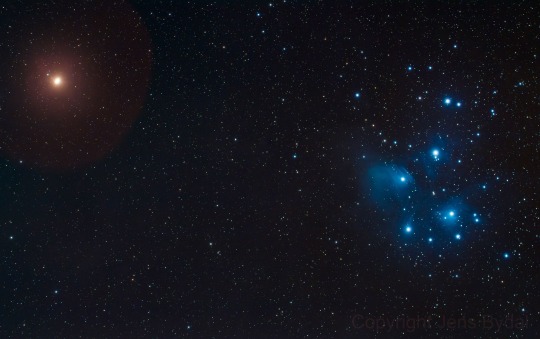
Mars and the Pleiades
4K notes
·
View notes
Text
hey! did you know that the mars reconnaissance orbiter, a nasa spacecraft in orbit around mars since 2006, has imaged nearly the entire planet's surface at a resolution of 6 meters per pixel?
did you also know that scientists have put all that data into the form of a 3D globe that can be explored for free in your browser?
it's the coolest fucking thing and i've spent hours and hours just getting lost in it








3K notes
·
View notes
Text

Halley, Meteors, Planets and Milky Way © Petr Horalek
#halley's comet#meteor#meteor shower#mars#astrophotography#space#stars#planet#solar system#astronomy#galaxy#universe#cosmos#nasa#apod#venus
1K notes
·
View notes
Text



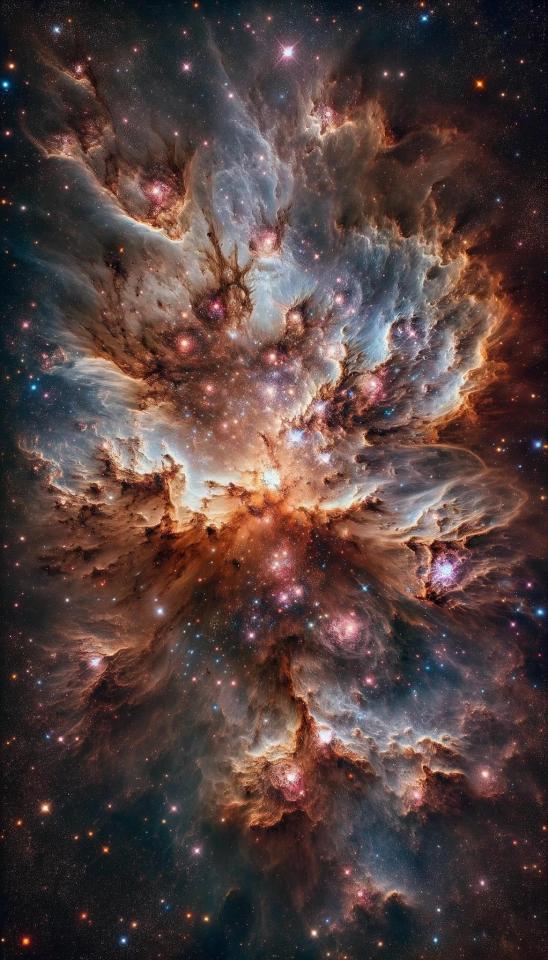
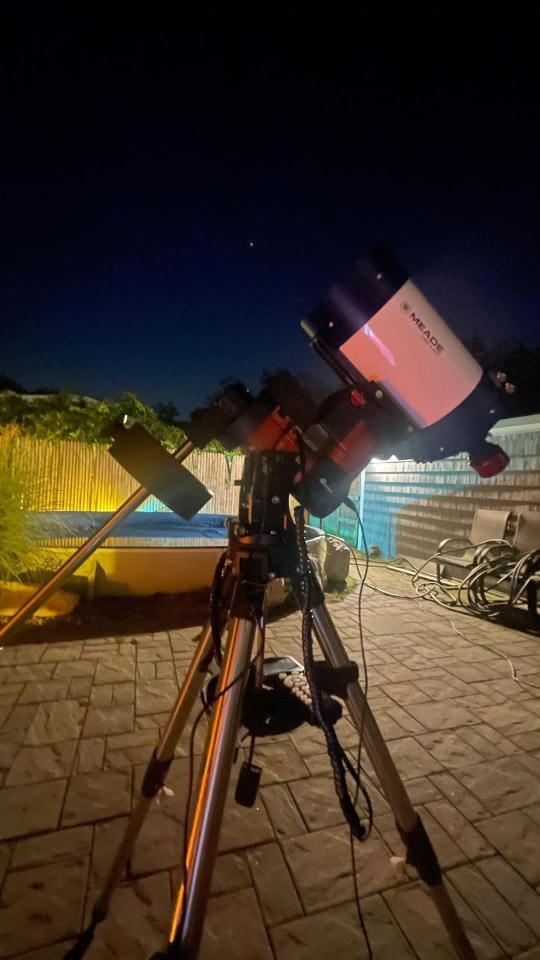
Think we're the only planet with life? 350mp quality. Remember to download to your phone and zoom in. Gets even more beautiful. Yes this is a nebula, yes I know there’s no life in a nebula. Of course these are not real photos. Duh!
#astronomers#astrophysics#astrophotography#astronomy#space station#hubble space telescope#james webb images#james webb#nasawebb#nasa#space photography#universe#astrology#astro observations#astro notes#asterion#telescope#james webb space telescope#mars planet#jupiter planet#saturn planet#planet#planets#space science#space#outer space#james webb space technology#space exploration#jet propulsion#i love astronomy
11K notes
·
View notes
Text

Sad day for Martians,
Ingenuity, the ‘little helicopter that could’, the first ever helicopter to fly on another planet is down. It took its final flight on the 18th of January where one or more of its roter blades were damaged.
We weren’t even sure it was possible to fly a helicopter on Mars before Ingenuity, and yet this tiny little shoe box of a helicopter managed to fly in an atmosphere less than 1% as dense as Earth’s, flying a total of 72 times in the last 3 years, far exceeding the 5 planned flights.
Having arrived on Mars hitched to the Perseverance rover’s belly, this little guy has spent these 3 years scoutting ahead for Perseverance. But now Perseverance will have to continue its mission without Ingenuity. For the first time since its creation, Perseverance is on its own in that endless red desert.
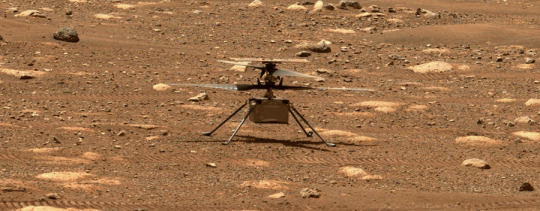
(images of Ingenuity were taken by NASA/JPL-Caltech/ASU)
#ingenuity#nasa#space#mars#univers#my post#ingenuity isn’t dead yet#NASA is still in communication with it#but it will never fly again
5K notes
·
View notes
Text

@nasa , we're happy to hear Ingenuity has phoned home! 63 days is a long wait, hopefully it enjoyed the break.
#nasa #mars #marsrover #marsingenuity #martian #space
#socks#novelty socks#sock shop#novelty sock#good luck socks#crazy socks#fun socks#sock design#mars exploration#mars rover#nasa mars#mars ingenuity#nasa#space#outer space#mars#martian
0 notes
Text



Wolf Moon meets the ISS and Mars l Rami Ammoun
#lunar occultation#mars#internaltional space station#moon#full moon#wolf moon#astrophotography#astronomy#space#sky#stars#planets#solar system#galaxy#universe#nasa#night
822 notes
·
View notes
Text

the first image of the earth taken from mars, nasa, 2008.
692 notes
·
View notes
Text
Olympus

⛰ Mars is home to the biggest mountain in the solar system. Olympus Mons is is the size of Arizona, and its peak reaches as high as three Mount Everests stacked on top of each other.
#space#nasa#universe#art#astronomy#science#galaxy#moon#stars#cosmos#spacex#scifi#astrophotography#photography#earth#astronaut#love#alien#nature#mars#spaceart#sky#spaceexploration#planets#aliens#spaceship#spacetravel#rocket#digitalart#design
421 notes
·
View notes